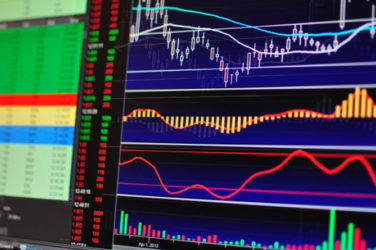
Trading in European securities markets is evolving amid developing regulation and technological advances, presenting challenges and opportunities for U.S. market participants who do business on the continent.
That was the gist of presentations made at an industry breakfast held Friday in New York.
In a big-picture sense, Europe is a great opportunity for U.S. investors, as it provides important diversification away from domestic-heavy portfolios, according to an executive of a global exchange operator. And there’s an additional layer of diversification within Europe, as each of its approximately 50 countries have their own economies and financial markets.
In terms of regulation, all eyes are on Markets in Financial Instruments Directive II, which is meant to go into full effect in January 2017.
Industry uncertainty ahead of MiFID II enforcement has caused in some delayed projects, and best-execution mandates will be more onerous compared with its MiFID I predecessor, one speaker noted. But the sweeping ruleset also represents opportunity, as the end result should be a more transparent and fairer market.
With regard to specific trading protocols and technology, Stephane Tyc, co-founder of Quincy Data, opined that microwave is “mainstream” and “here to stay” as a way to send trade orders through the air, as opposed to more traditional fiber routing.
Tyc noted microwave bandwidth is smaller and the technology does down sometimes, but microwave systems are resilient, it’s not difficult for trading firms to work with lower bandwidths, and there is more transparency of trading paths compared with fiber.
Future trends in microwave will include more building over water, increased bandwidth, more destinations, and more shared services between trading firms and their technology providers.
London is increasingly the center of European trading and a hub for trade orders coming from abroad, and “speed is still king” in electronic markets, said Bill Fenick, strategy and marketing director at Interxion. “The Eurex market informs London equity trading quite heavily,” Fenick said. “With the advent of new regulations, people have to get ready” for more scrutiny on best execution and more overall transparency.




